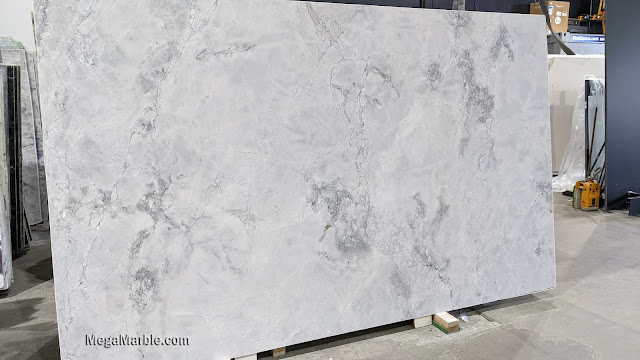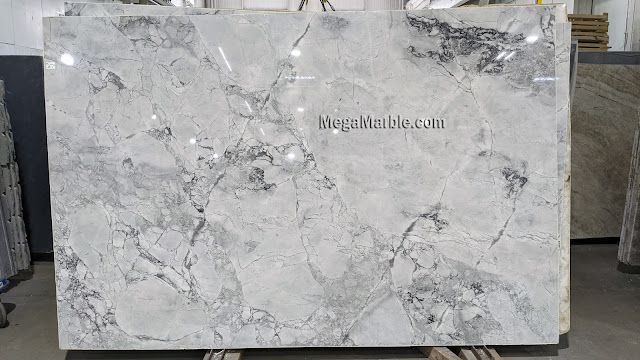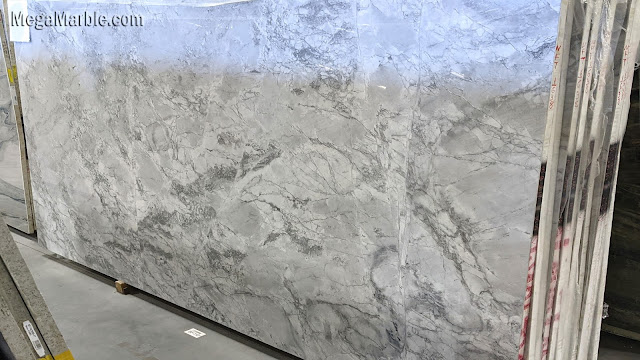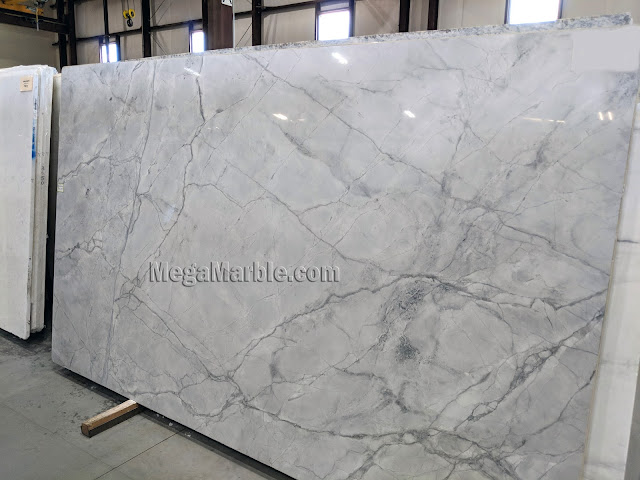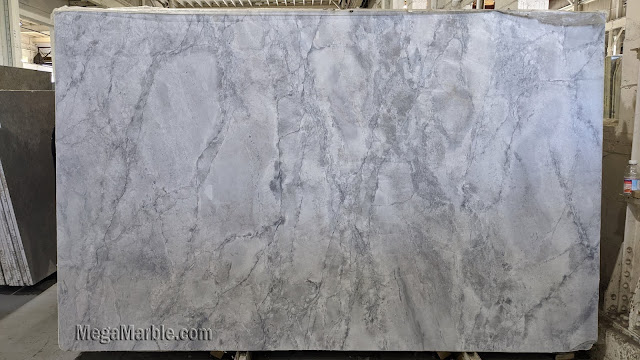The Rise of White Quartzite: The Ultimate Countertop Trend
White quartzite has seen a stunning rise in popularity in recent years, and when you consider some of the qualities of this marvelous material, it’s not hard to see why. With its durability, classic look, simple maintenance requirements, and uniqueness, white quartzite can seem like the obvious choice when picking a material for your kitchen countertop or bar top. If you haven’t decided, here are a few things to consider about quartzite.
Quartzite is stunningly durable and dirt-resistant. Because it’s a natural stone, there are no synthetic materials to degrade. These qualities make it an excellent choice for kitchen fixtures and fittings. Your quartzite countertop will withstand years of intense usage and still look great.
White quartzite is a light-colored stone, shot through with darker veins that vary from almost black all the way up to beige. Each piece of stone is completely different and unique. The random variations of the veins make quartzite countertops both visually arresting and pleasing to look at. Indeed, quartzite is known for its marble appearance and durability compared to granite. If you want a classy and elegant look for your kitchen or bar area – but don’t want to have to deal with constant repairs and damages – white quartzite
The Elegant and Durable Choice for Modern Kitchens
Quartzite has seen a boom in recent years, as clients wake up to its many aesthetic and functional benefits. Huge numbers of kitchens in Manhattan and The Hamptons are adopting the white quartzite look, and the material is very much in demand. The classic look of white quartzite fits with almost any kitchen and makes a stunning centerpiece for any design. If you want your kitchen or bar area to have an immediate impact while still remaining reserved, elegant, gorgeous, and classy, then it’s well worth considering a white quartzite countertop as a key feature of your design.
Quartzite is also a versatile material. You can order it honed for a matt finish or polished for a more glossy and reflective look – whatever suits the ambiance of your kitchen area. Whatever you opt for, you’ll receive a piece of stone that’s smooth, free from blemishes and bumps, and almost indistinguishable from marble in terms of look and feel.
You may only recently have started hearing about white quartzite, but with this in-demand material on the rise, you’ll soon see it in kitchens everywhere. Not only is it incredibly hard-wearing and stain-resistant, but it also looks fantastic in almost any setting. If you want a kitchen that not only works well but looks great too, look into white quartzite as a countertop material today.
What is the downside of quartzite countertops?
Quartzite offers decent heat resistance, but it’s not the best. While it won’t melt under high temperatures, extremely hot objects can burn the surface and leave stains. Using trivets and heat-resistant pads can help prevent this. Although quartzite is strong and durable, it is susceptible to scratches from sharp objects like knives. Cutting directly on the surface can leave marks, so it is recommended to use a cutting board. Quartzite is also a porous material that requires sealing. Spills can seep in without proper sealing, leading to stubborn stains and potential bacterial growth, especially if not cleaned immediately. To maintain its appearance and protect against stains, seal your quartzite countertops at least once a year—possibly more often, depending on your type of quartzite.
Is white quartzite expensive?
White quartzite is typically considered a costly natural stone in the USA because of its distinctive veining, durability, and attractiveness. Because it is rare and difficult to quarry and produce, it frequently costs more per square foot than other countertop materials like granite or marble. Its increased cost is partly due to the sophisticated processes needed for the extraction and refinement process. The cost of installation and shipment also raises the total cost. Because of this, white quartzite counters in the USA should cost much more than $65 per square foot, with premium types and custom finishes driving up the cost even more.
High-Resolution Photos


